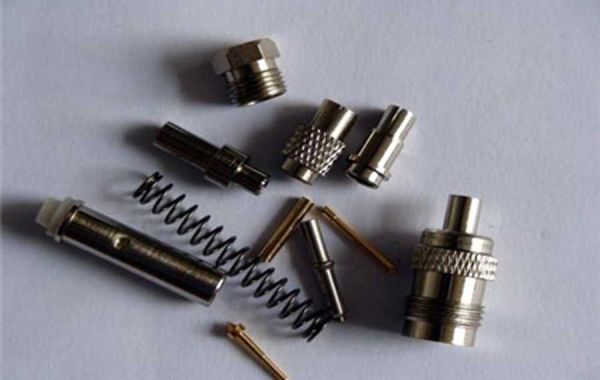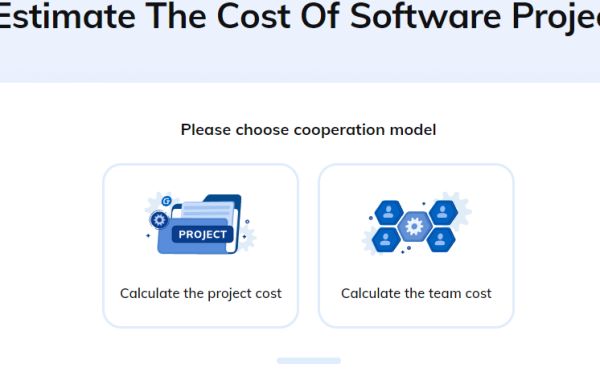The Laval nozzle is a contraction-expanding nozzle. When the ratio of outlet oxygen pressure to inlet oxygen pressure P out and Po 0.528, a supersonic jet can be formed, as shown in Figure 4-1. In a Laval nozzle, the airflow velocity at the throat is equal to the speed of sound and reaches supersonic speed at the exit.
Since oxygen is a compressible fluid, when high-pressure and low-speed oxygen flows through the contraction section of the Laval tube (see Figure 4-1), the oxygen flow velocity increases. If the tube diameter continues to shrink when it reaches the speed of sound, the oxygen flow velocity will no longer increase. It will only cause the oxygen density to increase; at this time, if you want to continue to increase the oxygen flow rate, you can only try to increase the pipe diameter, causing it to undergo an adiabatic expansion process. The oxygen pressure will decrease, the density will decrease, and the volume will expand. When the oxygen pressure is equal to the external air pressure, a supersonic oxygen jet can be obtained, and the pressure energy is converted into kinetic energy.
Enlarge the pipe diameter, see Figure 4-1. The Laval type nozzle can convert pressure energy (potential energy) into velocity energy (kinetic energy) to the maximum extent, and can obtain a relatively stable supersonic jet. Under the same jet penetration depth, its gun position can be higher. This is beneficial to improving the working conditions of the oxygen lance and the technical and economic indicators of steelmaking, so Laval type nozzles are widely used.








